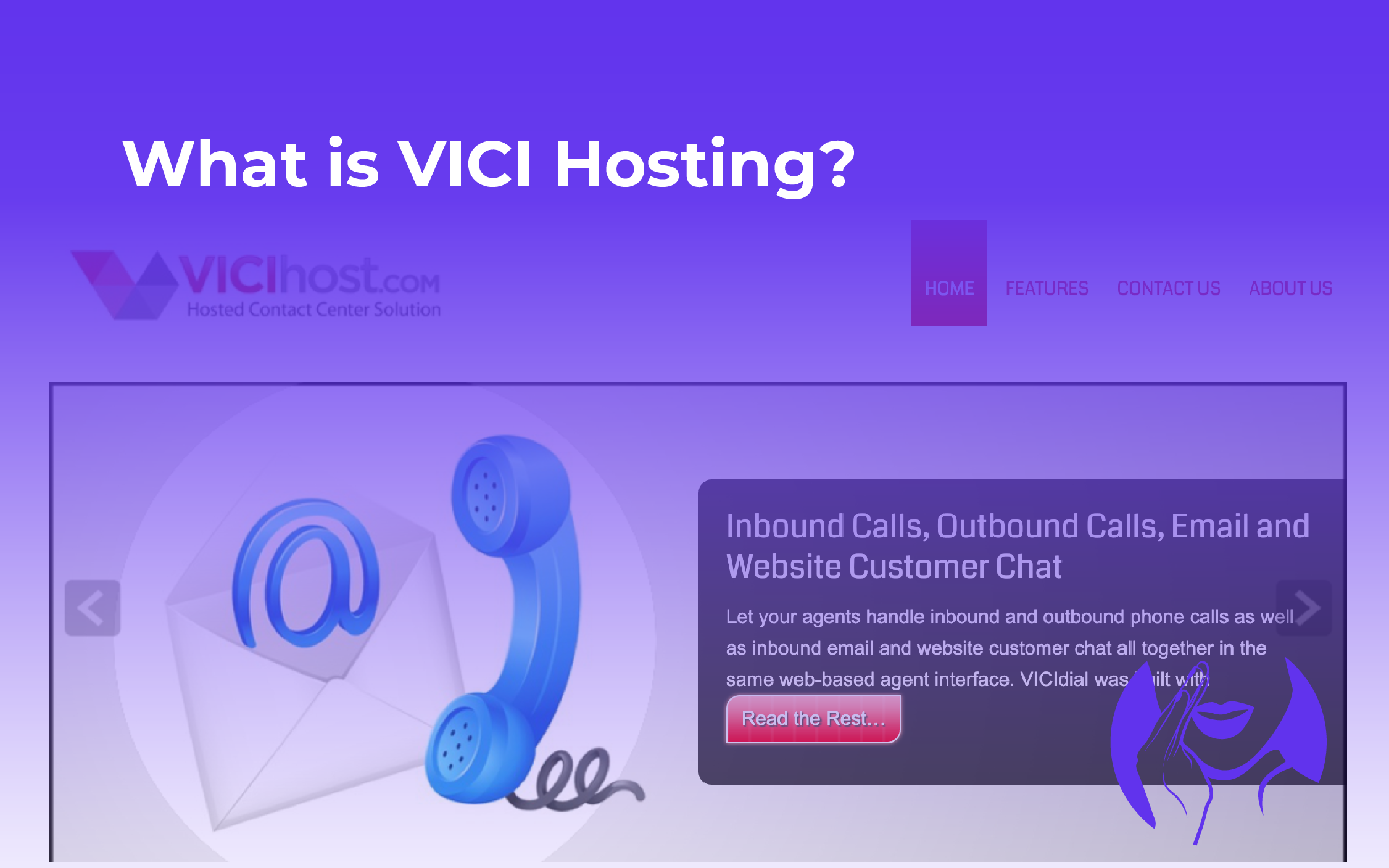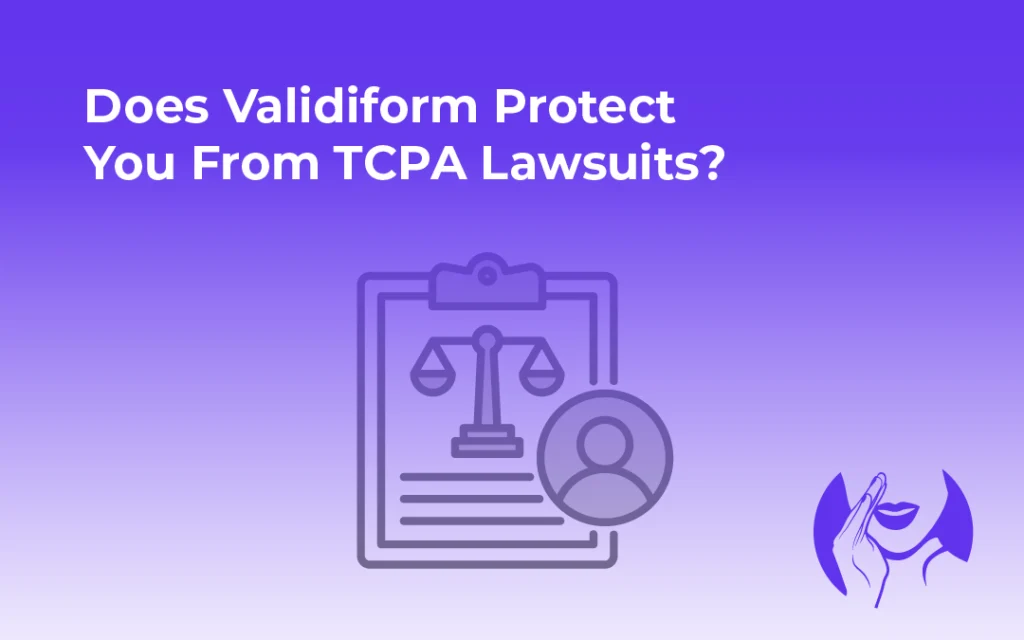Overwhelmed with the idea of small business loans? Almost seems like ‘bad words’, negative connotations. But trust there’s nothing bad about them! Those loans are there for a reason. But without the right prepping, you might not qualify (when you absolutely should).
So let’s demystify this loan approval process! Here’s how to maximize your loan approval chances: we’ll cover every single step to get you ready.

Table of Contents:
- Understanding Small Business Loan Requirements
- How to Qualify for Small Business Loans: A Step-by-Step Guide
- Conclusion
Understanding Small Business Loan Requirements
Before applying, it’s helpful to understand what lenders look for. With this insight, you’ll have the confidence to put your best foot forward and sidelining any potential hurdles along the way.
Key Factors Lenders Consider
Lenders evaluate several business aspects to gauge your creditworthiness and repayment ability. Let’s kick off with the essential specifications.

- Personal and Business Credit Scores: Your personal credit history matters, even for business loans. Aim for a good personal credit score (690 or higher). Strong business credit is also beneficial. Although credit scores do play a role, lenders evaluating smaller loan applications may place more weight on your current financial situation – and a stable income can sometimes make up for a lower score.
- Annual Revenue: Lenders need assurance your business generates enough income for repayment. Requirements vary; some may require $250,000 annually, while others accept as low as $100,000 in working capital.
- Years in Business: Longevity suggests stability. Most traditional lenders prefer at least two years of operating history. Startup loans exist but have stricter terms and might require venture capital.
- Debt Service Coverage Ratio (DSCR): This ratio indicates your ability to handle existing debt. It is calculated by dividing annual operating income by total annual debt payments. Lenders typically seek a DSCR above 1, ideally 1.25 or higher, demonstrating positive cash flow.
How to Qualify for Small Business Loans: A Step-by-Step Guide
Now that we understand the core elements, let’s explore securing a loan. Score a crucial financing win with an SBA loan.
1. Evaluate Your Business and Personal Finances
Start by reviewing your credit report at AnnualCreditReport.com. Before applying for a loan, get a sense of your credit score to borrow with confidence. Consider contacting the SBA for additional information about a potential business loan, SBA loan, or even getting information for military spouse businesses.
Gather business records like tax returns and profit-and-loss statements. Understanding the requirements for veteran-owned businesses or LGBTQ-owned businesses can provide specialized assistance.
2. Research and Select a Lender

Each financial institution differs. Grasping your needs is the first step in making a smart choice. Try gathering info from common sources: banks where you keep your savings, the credit cards in your wallet, and online sites that manage your money. Do your due diligence by scrutinizing the rates, examining the terms, and researching the company’s track record – it’s time well spent.
Government-backed SBA loans offer competitive options. For SBA-approved loans, institutions with Preferred Lender Program (PLP) status often have better offers. See the latest 7(a) & 504 Lender Report. What loan programs can your business bank offer to help your small business grow? Don’t forget to ask about programs specifically designed for Native American-owned businesses.
3. Complete the Loan Application and Provide Required Documents
Prepare diligently after choosing a lender. Ensure your financial records are current to avoid rejection. Small business funding applications can vary, but the better your paperwork, the better chance you have of getting your funding.
Gather documents: tax returns, profit/loss sheets, credit reports, bank statements, commercial leases, and debt schedules. A well-crafted business plan can make all the difference in getting your loan approved promptly. Step into your competitors’ shoes and think about what you’d do if you were them. Then, show in your loan proposal how this loan will hand you a trump card – namely, increased productivity and higher revenue. Clearly stated startup costs are important to document in the business plan.
Getting an SBA lender may help the business development process of obtaining your loan. A good finance manager should be familiar with applying for loans and presenting relevant documentation like federal contracts to secure business loans. Getting a loan guarantee or obtaining contracting assistance through assistance programs can sometimes be available depending on the loan you’re pursuing and can often help increase chances of approvals.
4. Negotiate Loan Terms and Conditions

While many business owners apply for loans annually, a loan isn’t always the best fit. Providing inaccurate data on an application can lead to denial. Check the Small Business Administration’s (SBA) loan programs such as SBA Express Loans, or a business development center, if necessary, for a variety of resources and guidance including obtaining an SBA loan guarantee.
Look to options like the State Small Business Credit Initiative for a lifeline. With the SBIC directory, finding investment capital just got a whole lot easier. Submitting updated business information is crucial for asset purchase loans. Look for minority-owned businesses, veteran-owned businesses, rural businesses, military spouse businesses or other qualifying groups of businesses you might fall under and check for targeted assistance.
Navigating Fees and Repayment
Before accepting a loan, understand the lender fees. For loans over $25,000 secured by assets, 7(a) and Express loans may require collateral. This secures the term loan and repayment obligations. Be clear on injury disaster loan requirements in case disaster assistance becomes necessary.
Review relevant documentation about lender/agent fees. Factor in expenses for infrastructure projects. Carefully compare these against your budget. Debt debt debts – that’s what overspending can add up to.
Consider SBA 504 Loans for real estate development financing through a local certified development corporation. These are generally for fixed assets purchases, commercial real estate projects, or other specific investment capital. On-time debt payments are the secret sauce to getting approved. Lenders feel more secure when they have a solid plan for repayment. Repaying a term loan means you’ll need to tackle both the principal and interest head-on. Consider hiring a contracting assistance company if federal contracting will be needed, for instance a federal contract to support your repayment. Also a surety bond may be a loan requirement.
Right from the get-go, adopting sound management practices pays off – and we mean all the way to the last payment. Before applying for small business loans, foster a solid connection with your lender – it’s a wise move that’ll help you navigate the approval process.
Conclusion

Qualifying for small business loans takes planning and preparation. You’ll find that financing gets a whole lot easier when you put in the time to develop a solid strategy, backed by thorough research and sound guidance. Write it down: setting clear goals and milestones is crucial for moving forward. Knowing their loan options inside and out, business leaders can breathe easier, having cleared a major hurdle in their entrepreneurial path. By partnering with a certified development company to utilize funding programs through disaster assistance, SBA Express Loans, and various assistance programs can help give your small business an advantage.














